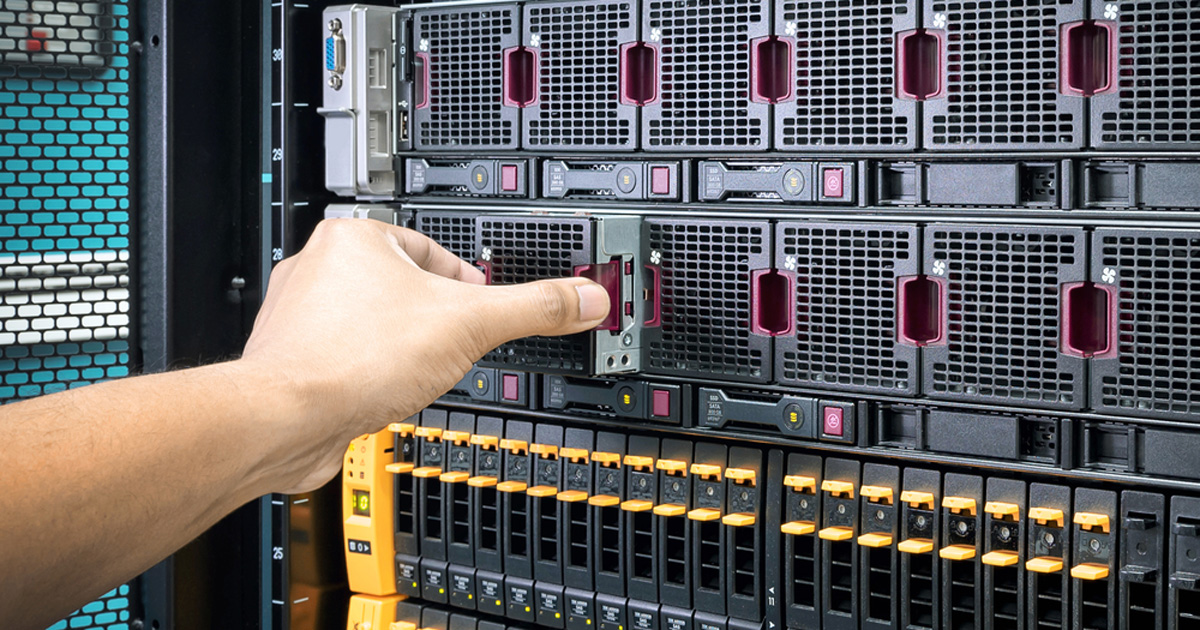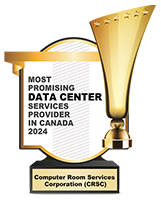Cooling Techniques for Data Centers

To ensure your data center equipment functions optimally, you must invest in proper temperature management solutions. One thing that most businesses do not understand is that poor cooling techniques can contribute to high data center maintenance costs. The excess warm air and high humidity levels in your data center result in increased energy costs. We’ll walk you through a few cooling techniques to consider during data center construction.
Airside economization technique – Free cooling
One of the cheapest and perhaps the easiest way to control temperature flow in the data center is using a free cooling technique. This particular method involves allowing air from the outdoors to get inside the facility regulating the equipment’s temperature. There’s one major drawback to this method. When air from the outdoors is allowed into the data center, it comes with pollutants and moisture which may damage the equipment.
Liquid cooling/chilled water method
The chilled water system is not only more efficient than free cooling but it’s also safe in the sense that it doesn’t introduce any pollutants inside the facility where the servers and other sensitive equipment are located. Chilled water travels through the coils reducing heat by depositing it into the chiller. The system comes with a cooling tower that helps to effectively regulate temperature.
Advantages of the chilled water system method
- The units used to offer this form of cooling generally cost less and contain fewer parts meaning they occupier minimal footprint
- If you have high data center capacity, the method becomes more efficient
- Using one chiller plant, you can service an entire building since the water piping loops can be run long distances
- These systems are extremely reliable with proper engineering and installation
Indirect air evaporative cooling system
Using this technique, outdoor air is used to cool the data center air enhancing energy savings. When the temperature outside is much lower than the temperature inside the IT environment, this technique is used for significant energy savings. There’s an air-to-air heat exchanger that cools the hot data center air isolating it from the outside air. The system can contain either a plate or rotating heat exchanger.
The main advantage of this cooling technique is that the equipment used for cooling is placed outside the data center. Therefore, all the space inside the data center can be fully utilized by IT equipment. Additionally, the system has an economizer mode which can contribute to huge energy savings. However, this cooling technique can be hard to incorporate in your data center. It is most commonly used in data centers with high power density.
Rooftop units
A self-contained roof top unit can also be used as a cooling solution for new data centers. These systems are located outdoors which allows maximum use of the space inside the data center. They can have a fresh air economizer mode for energy savings especially in mild climates. They are also difficult to retrofit in an existing data center.
IT professionals have numerous options when it comes to cooling solutions for their data centers Toronto. Compare the pros and cons of each before making a decision.


